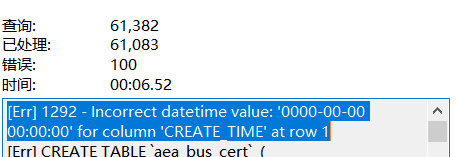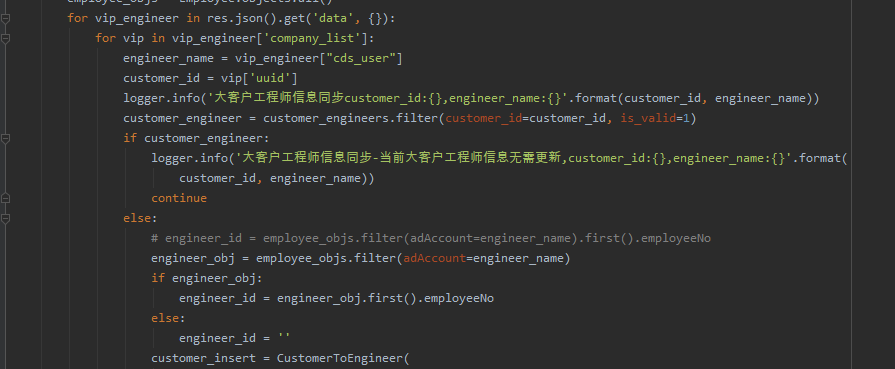1下载ik中文/拼音分词器
ik分词器:https://github.com/medcl/elasticsearch-analysis-ik
拼音分词器:https://github.com/medcl/elasticsearch-analysis-pinyin
注意:elasticsearch版本要求严格必须相同
2 安装
1)通过releases找到和es对应版本的zip文件,或者source文件
2)进入elasticsearch安装目录plugins,新建pinyin文件夹
3)将拼音分词器zip文件解压到pinyin目录
4)重启es
3 kibana中配置
1)配置setting
PUT my_index
{
"number_of_shards" : "5",//主分片
"number_of_replicas" : "1",//副本
"analysis" : {
"analyzer" : {
"default" : {
"tokenizer" : "ik_max_word"//默认多词分词
},
"pinyin_analyzer" : {
"tokenizer" : "my_pinyin"//拼音分词
}
},
"tokenizer" : {
//设置拼音分词
"my_pinyin" : {
"keep_separate_first_letter" : "false",
"lowercase" : "true",
"type" : "pinyin",
"limit_first_letter_length" : "16",
"keep_original" : "false",
"keep_full_pinyin" : "true"
}
}
}
}
2)配置mapping
PUT my_index/index/_mapping
{
"properties" : {
"name" : {
"type" : "keyword",
"analyzer" : "ik_max_word",
"include_in_all" : true,
"fields" : {
"pinyin" : {
"type" : "text",
"analyzer" : "pinyin_analyzer"
}
}
}
}
}
4 测试
通过_analyze测试下分词器是否能正常运行:
GET my_index/_analyze
{
"text":"刘德华",
"analyzer":"pinyin_analyzer"
}
5 spring boot 中自动创建setting mapping
1)在resources路径下创建usersearch_mapping.json和usersearch_setting.json文件
usersearch_mapping.json{
"index" : {
"analysis" : {
"analyzer" : {
"pinyin_analyzer" : {
"tokenizer" : "my_pinyin"
}
},
"tokenizer" : {
"my_pinyin" : {
"type" : "pinyin",
"keep_separate_first_letter" : false,
"keep_full_pinyin" : true,
"keep_original" : true,
"limit_first_letter_length" : 16,
"lowercase" : true,
"remove_duplicated_term" : true
}
}
}
}
}
usersearch_setting.json
{
"user": {
"properties": {
"title": {
"type": "keyword",
"fields": {
"pinyin": {
"type": "text",
"store": "no",
"term_vector": "with_offsets",
"analyzer": "pinyin_analyzer"
}
}
}
}
}
}
2)新建测试demo 使用@Mapping和@Setting注解
@Mapping(mappingPath = "usersearch_setting.json")
@Setting(settingPath = "usersearch_mapping.json")
@Document(indexName = "user",type = "user",shards = 5,replicas = 1)
public class UserIndex {
@Id
private String user;
//get set省略
}
3)使用save方法添加数据
使用ElasticsearchTemplate 中的putMapping将setting 和mapping文件执行
public class UserContrller {
@Autowired
private UserRepository userRepository;
@Autowired
private ElasticsearchTemplate elasticsearchTemplate;
@RequestMapping("/add")
public void add(){
//添加配置
elasticsearchTemplate.putMapping(User.class);
User user =new User();
userIndex.setUser("陈奕迅");
userRepository.save(user);
}
}













